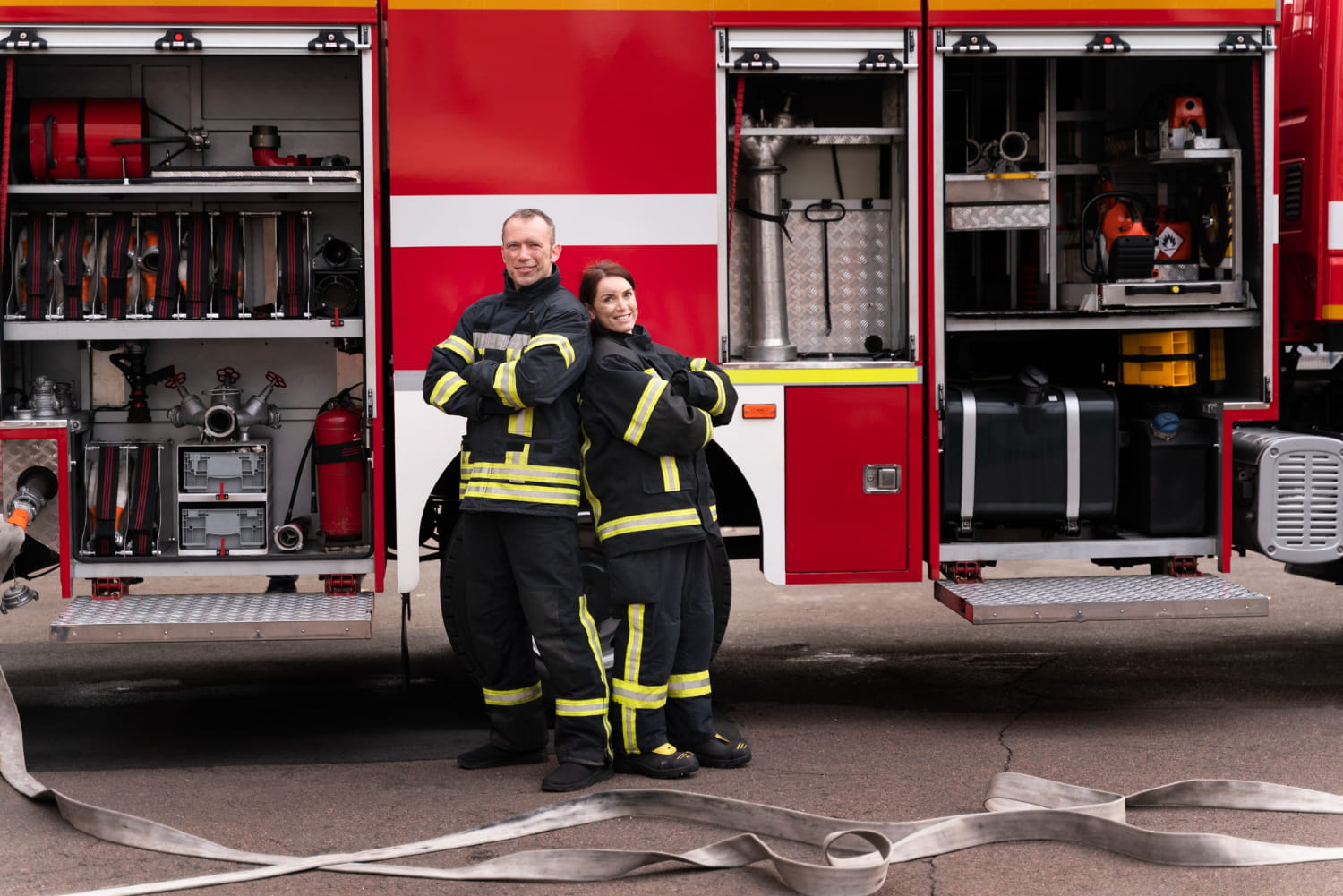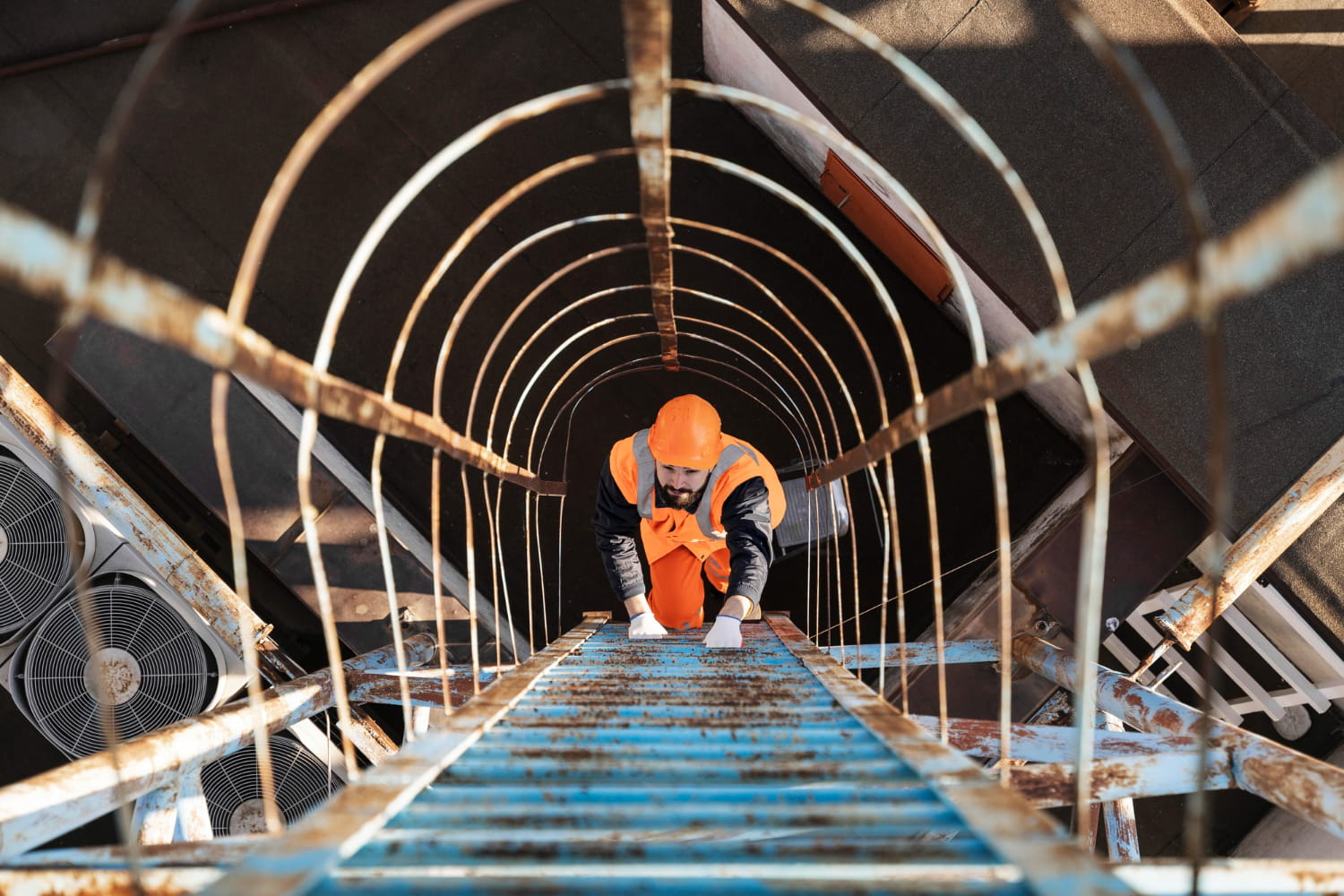If there’s one thing Alaska knows, it’s how to handle extremes — from below-zero temperatures to remote industrial sites hours away from the nearest town. But when it comes to protecting the state’s critical infrastructure — think data centers, energy facilities, and hospitals — fire doesn’t care about the weather or distance. It strikes fast, and often in places where traditional fire suppression just isn’t an option. That’s where clean agent systems come in — and why regular maintenance from experts like GMW Fire Protection is absolutely essential.
Why Clean Agent Systems Are a Big Deal in Alaska
Let’s be real — Alaska isn’t your average place to run a facility. The state’s vast distances and limited access make downtime costly and sometimes dangerous. A small fire in a server room or power hub could shut down critical systems that entire communities depend on.
Clean agent suppression systems use advanced, non-water-based chemicals to extinguish fires quickly without damaging sensitive equipment. They’re the go-to solution for areas where water could cause more harm than good — like telecommunications sites, aviation control rooms, and even medical facilities.
Honestly, what’s amazing is how these systems can stop a fire in seconds and leave zero residue behind. No soaked wires. No destroyed electronics. Just instant protection.
But here’s the kicker — these systems only work flawlessly if they’re maintained properly. And that’s a lesson too many companies learn the hard way.
The Hidden Risk of Skipping Maintenance
You’d be surprised how often maintenance gets pushed down the priority list. It’s easy to assume that once a suppression system is installed, it’ll just “do its job” when needed. The reality? Even the most advanced systems can degrade over time.
Pressure leaks, aging cylinders, sensor misalignments — all of these small issues can add up. And in Alaska’s colder climates, extreme temperature swings can make that wear and tear even worse. A system that hasn’t been inspected in years might not activate when it’s needed most.
GMW Fire Protection has seen it firsthand: businesses that thought they were covered, only to find out their system wasn’t pressurized correctly or had an expired agent. The cost of that oversight? Far higher than a routine maintenance visit.
Preventive maintenance isn’t just a box to check — it’s a lifeline for industries that literally keep Alaska running.
A Closer Look at What Maintenance Involves
When professionals inspect a clean agent suppression system, it’s not just a quick glance and a signature. It’s a detailed process that ensures every component — from control panels to release mechanisms — is ready to perform at a moment’s notice.
Technicians test alarms, verify agent concentration levels, and inspect discharge nozzles to make sure they’re unobstructed. They also check seals, pressure gauges, and safety interlocks to ensure that, in the event of a fire, everything fires off exactly as designed.
Think of it like an aircraft pre-flight check. You wouldn’t want to skip that before taking off, right? The same goes for protecting multimillion-dollar equipment and facilities.
Protecting Alaska’s Future, One System at a Time
When you consider how much of Alaska’s infrastructure supports national energy grids, medical care, and communication systems, maintaining these fire protection systems isn’t just good business — it’s a responsibility.
What’s really encouraging is seeing how the state’s industries are adopting proactive fire protection plans that include annual clean agent maintenance and emergency response drills. It’s a sign that Alaska isn’t waiting for disaster to strike; it’s preparing ahead of time.
Because when you’re this far north, self-reliance isn’t optional — it’s survival.
So, if your facility relies on clean agent systems, now’s the time to schedule that inspection. Reach out to trusted professionals like GMW Fire Protection and make sure your protection systems are as resilient as the Alaskans who depend on them.
After all, when it comes to fire safety in the Last Frontier, prevention isn’t just peace of mind — it’s the difference between recovery and catastrophe.


